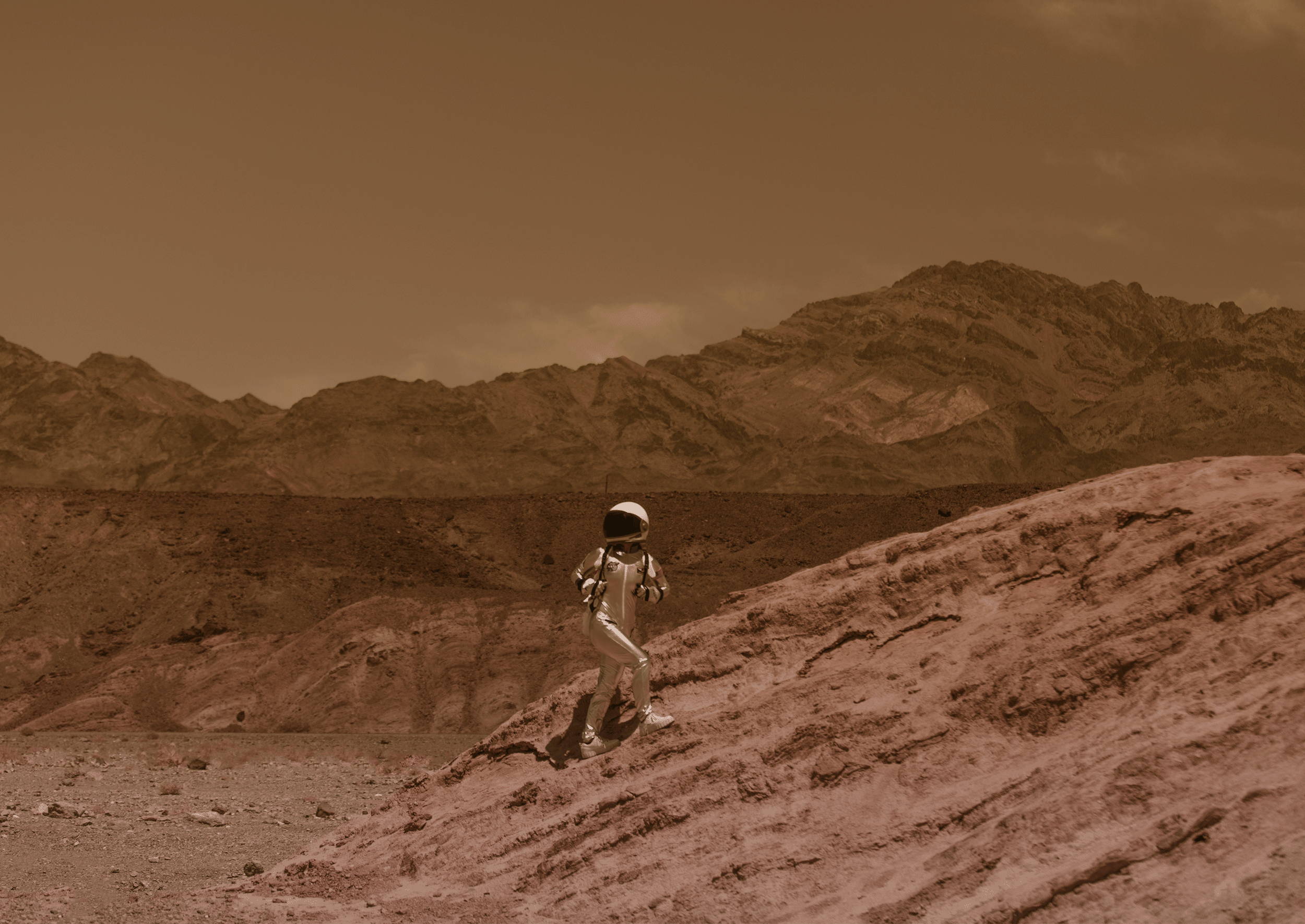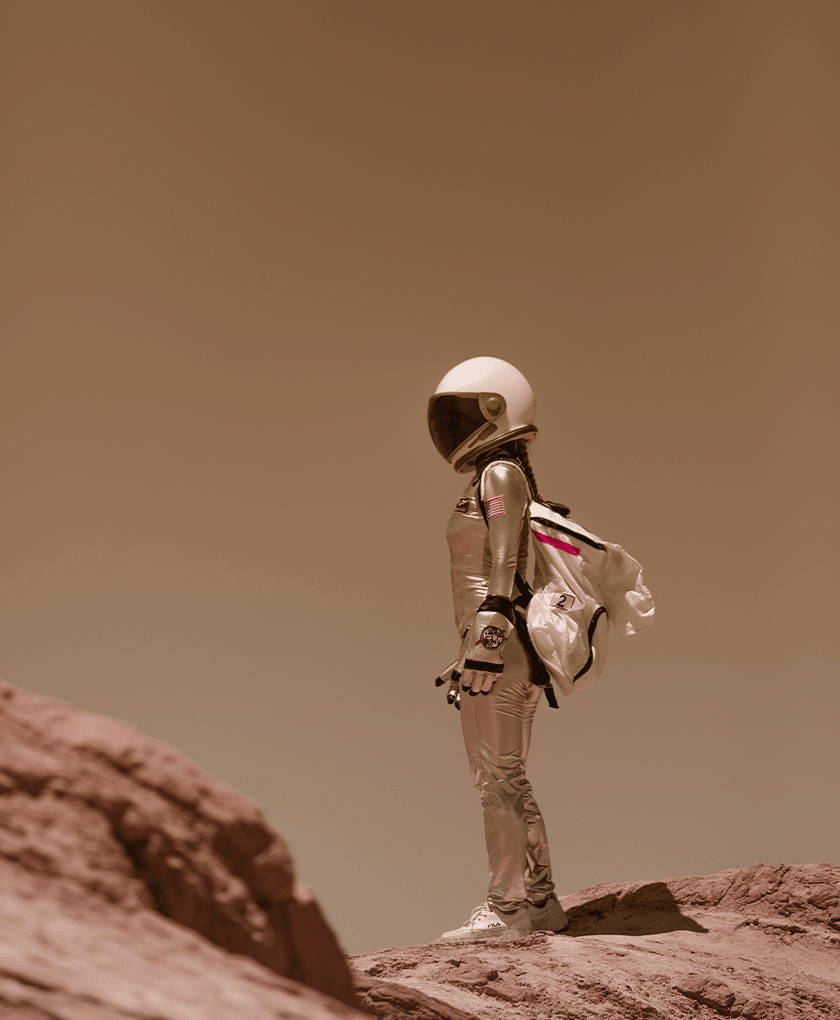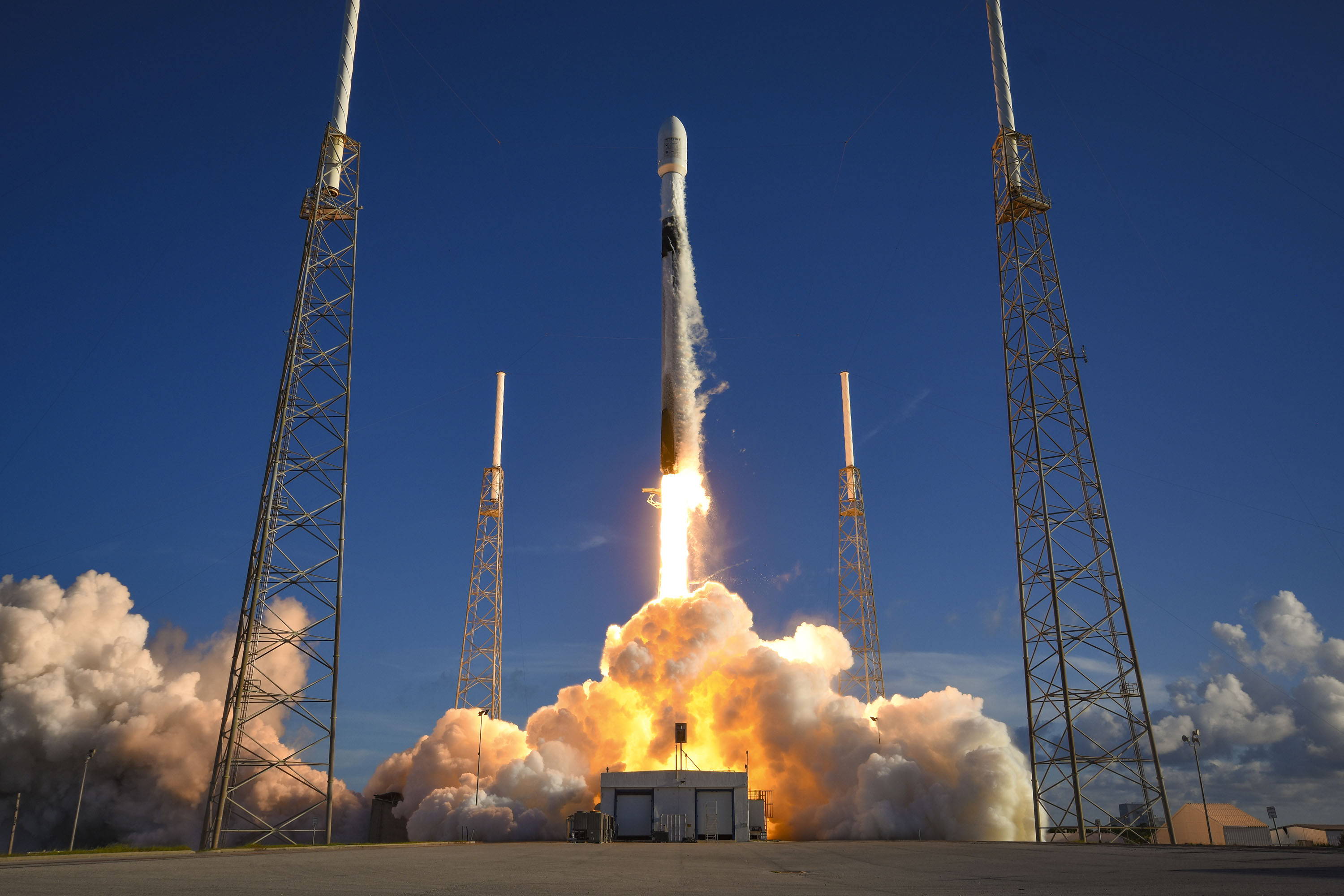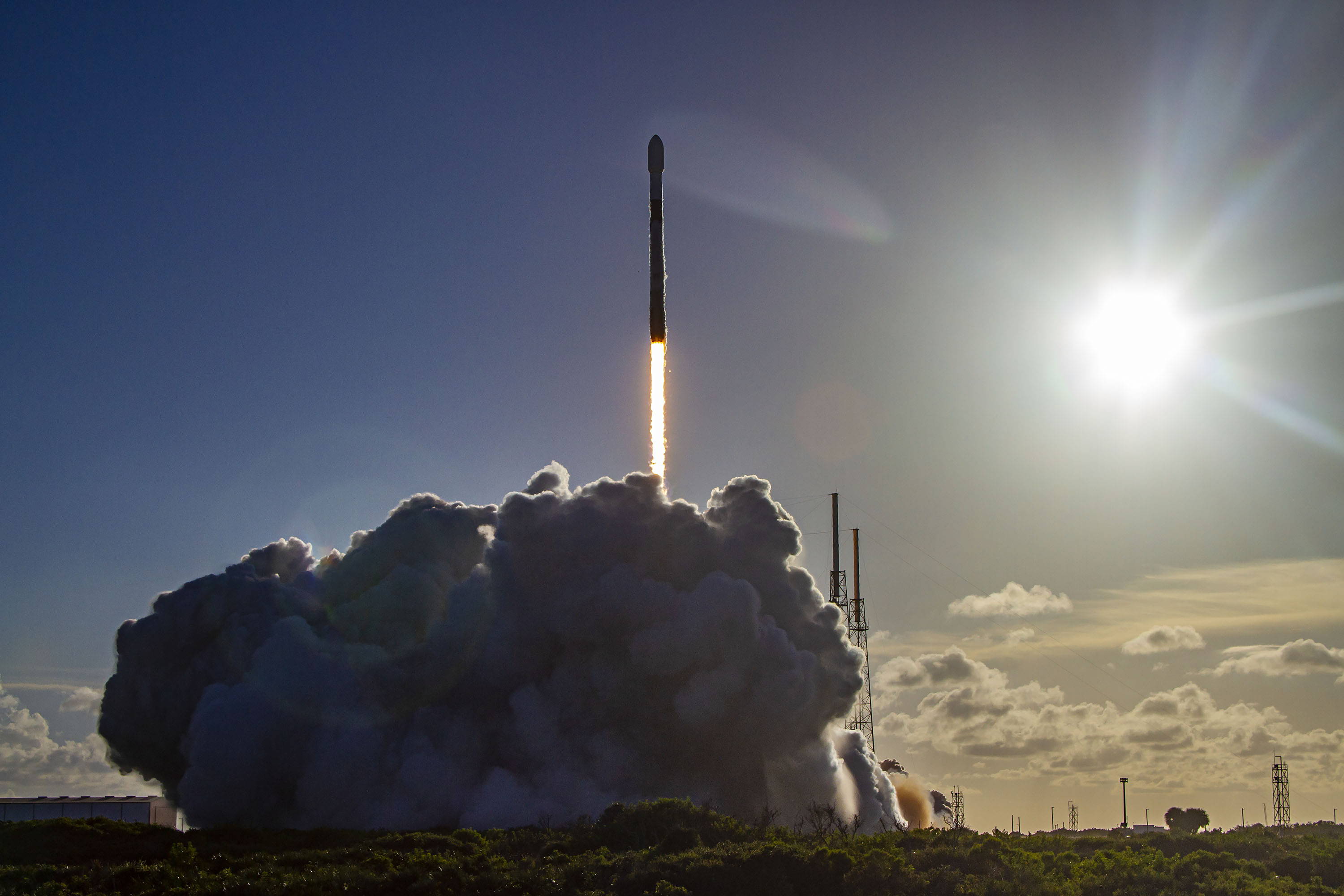Reused rocket boosts SpaceX KPLO Moon mission
Reused rocket boosts SpaceX KPLO Moon mission
#REPORTER
30 august 2022
6 minutes
SpaceX is improving the quality and speed of sustainable space exploration by lightyears. They recently launched South Korea’s “Denuri” lunar orbiter into space with reused rocket components. Here is how this Moon mission is impacting space sustainability and safety from an international level.
Words by Rebekah Smith


Author of the picture
SpaceX is improving the quality and speed of sustainable space exploration by lightyears. They recently launched South Korea’s “Denuri” lunar orbiter into space with reused rocket components. Here is how this Moon mission is impacting space sustainability and safety from an international level.
In February 2022, SpaceX published its “approach to space sustainability and safety” which includes a commitment to use resources which will allow launch vehicles, spacecrafts and satellites to meet or exceed safety regulations.
According to their website, SpaceX’s mission for space sustainability and safety is contingent on the following principles:
- Designing and building safe, reliable and demisable satellites.
- Inserting satellites into space at extremely low orbit and operating below 600 km to maintain controlled flight, and deorbiting satellites which do not pass initial system checkouts in order to avoid creating “space junk.”
- Transparency and data sharing with government, satellite owners and operators, the Federal Communications Commission (FCC), and Space-Track.org (for individuals).
- Avoiding satellite, spacecraft and space station collision through the “Collision Avoidance System.”
SpaceX’s recent launch
[Their] recent launch of the KPLO is the sixth launch and landing of this particular first-stage booster, which had previously sent up three satellites and two Starlink constellation missions.The set of payload fairings used in this mission have been used three times prior. SpaceX is known for landing this first-stage on land near the launch site or on a drone ship in the ocean. Meanwhile, payload fairings parachute into the water and are picked up by the company’s boats to be reused.
Elon Musk’s mission behind SpaceX is to make life multiplanetary. The key to being successful is rapid reusability. By reusing rocket components, SpaceX can put its technology back into space at a faster rate, multiplying the speed of space exploration. It is also more cost-effective, as Musk has mostly been able to avoid building and wasting entire rockets with each new payload that goes to or returns from space.


South Korea’s KPLO will make its way into lunar orbit in mid-December at a rate significantly slower than most lunar missions. However, this requires the object to expend less fuel. This is because the BLT sends the orbiter toward the Sun before boosting it back to the Moon through its gravitational pull.
SpaceX’s reused Falcon 9 rocket, along with South Korea’s use of BLT, is impacting the world of space sustainability and safety by producing less space waste and spent fuel. Whether its purpose is for efficiency or sustainability, both are ultimately creating a more sustainable and efficient future for space exploration.




